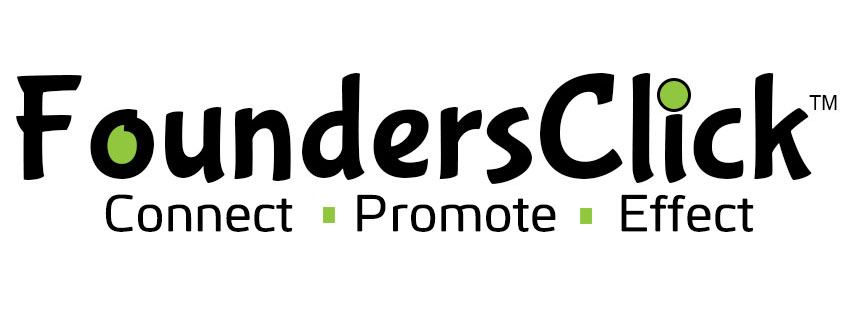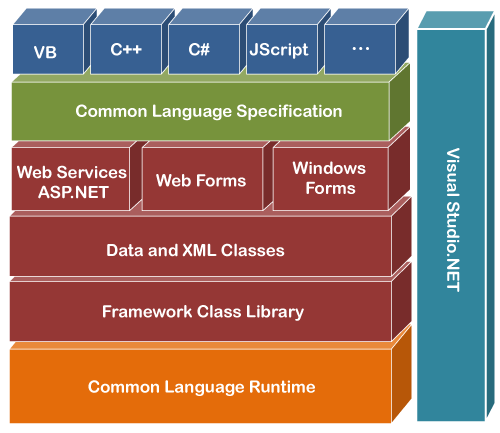Introduction to .NET Framework
The .NET Framework is a software development framework developed by Microsoft that provides a runtime environment and a set of libraries and tools for building and running applications on Windows operating systems. The framework includes a variety of programming languages, such as C#, F#, and Visual Basic, and supports a range of application types, including desktop, web, mobile, and gaming applications.
1. The .NET Framework includes two main components: the Common Language Runtime (CLR) and the .NET Framework Class Library. The CLR is responsible for managing the execution of code written in any of the supported languages, while the class library provides a large set of pre-built functions and classes that can be used to create a wide range of applications.
2. One of the key advantages of the .NET Framework is its support for a variety of programming languages. This means that developers can choose the language that best fits their needs and expertise, while still being able to use the same set of libraries and tools provided by the framework.
3. Another advantage of the .NET Framework is its support for a variety of application types. The framework includes libraries and tools for creating desktop, web, mobile, and gaming applications, which makes it a versatile choice for developers working on a wide range of projects.
4. The .NET Framework also provides a number of features that help improve the security, reliability, and performance of applications. These include features such as code access security, automatic memory management, and just-in-time (JIT) compilation, which helps improve the speed of application execution.
5. The .NET Framework is also designed to integrate with other Microsoft technologies, such as Microsoft SQL Server, Microsoft SharePoint, and Microsoft Office, which can make it easier to build applications that work seamlessly with other Microsoft products.
6. Overall, the .NET Framework is a powerful and versatile development platform that provides a wide range of tools and libraries for building and running applications on Windows operating systems.
.NET is a software framework that is designed and developed by Microsoft. The first version of the .Net framework was 1.0 which came in the year 2002. In easy words, it is a virtual machine for compiling and executing programs written in different languages like C#, VB.Net, etc.
It is used to develop Form-based applications, Web-based applications, and Web services. There is a variety of programming languages available on the .Net platform, VB.Net and C# being the most common ones. It is used to build applications for Windows, phones, web, etc. It provides a lot of functionalities and also supports industry standards.
.NET Framework supports more than 60 programming languages of which 11 programming languages are designed and developed by Microsoft. The remaining Non-Microsoft Languages are supported by .NET Framework but not designed and developed by Microsoft.
There are three significant phases of the development of .NET technology.
OLE Technology:
OLE (Object Linking and Embedding) is one of the technologies of Microsoft’s component document. Basically, its main purpose is to link elements from different applications with each other.
COM Technology:
The technology of the Microsoft Windows family of the operating system, Microsoft COM (Common Object Model) enables various software components to communicate. COM is mostly used by developers for various purposes like creating reusable software components, linking components together to build applications, and also taking advantage of Windows services. The objects of COM can be created with a wide range of programming languages.
.NET Technology:
.NET technology of collection or set of technologies to develop windows and web applications. The technology of .Net is developed by Microsoft and was launched in Feb. 2002, by basic definition, Microsoft’s new Internet Strategy. It was originally called NGWS (Next Generation Web Services). It is considered to be one of the most powerful, popular, and very useful Internet Technology available today.
11 Programming Languages which are designed and developed by Microsoft are:
C#.NET
VB.NET
C++.NET
J#.NET
F#.NET
JSCRIPT.NET
WINDOWS POWERSHELL
IRON RUBY
IRON PYTHON
C OMEGA
ASML(Abstract State Machine Language)

 SkillClick
SkillClick
